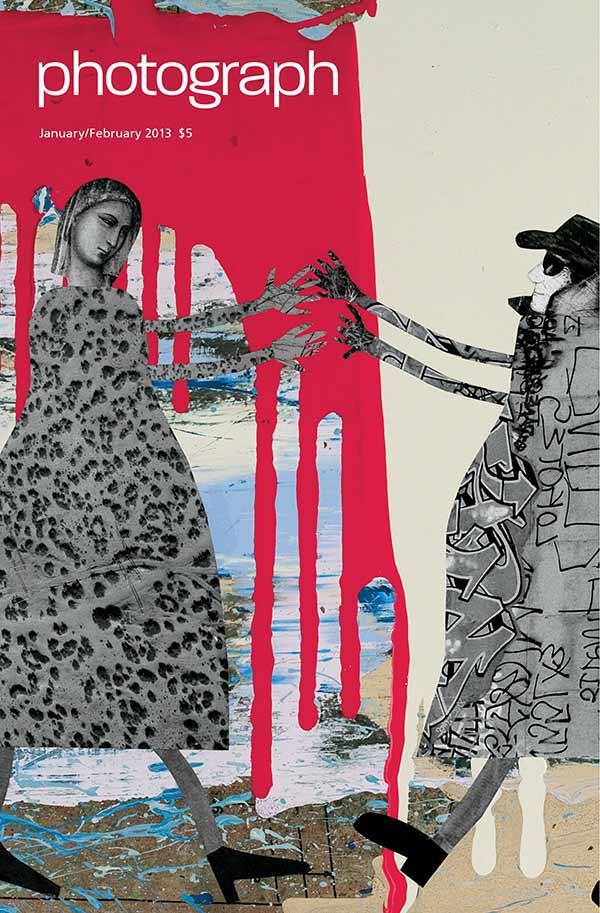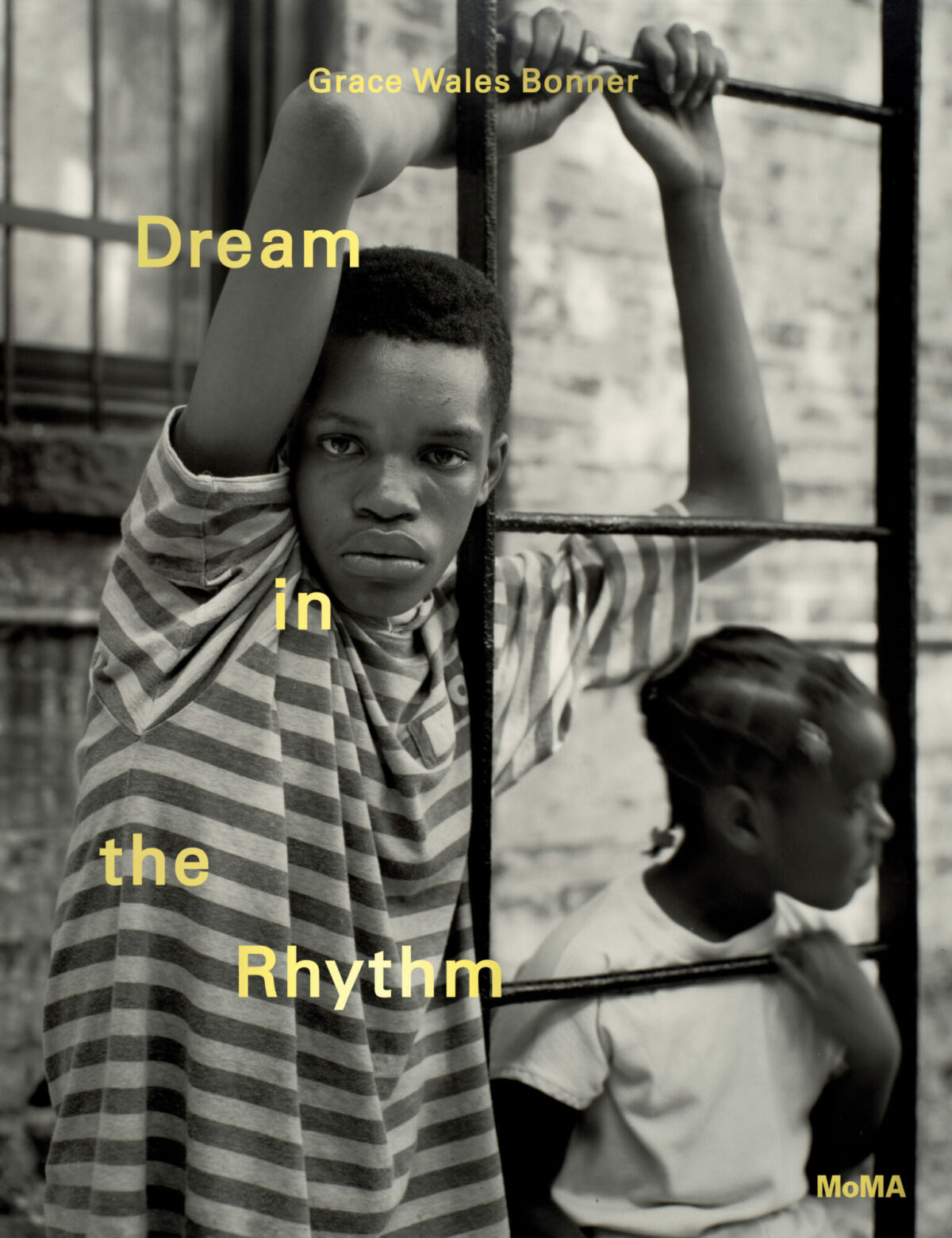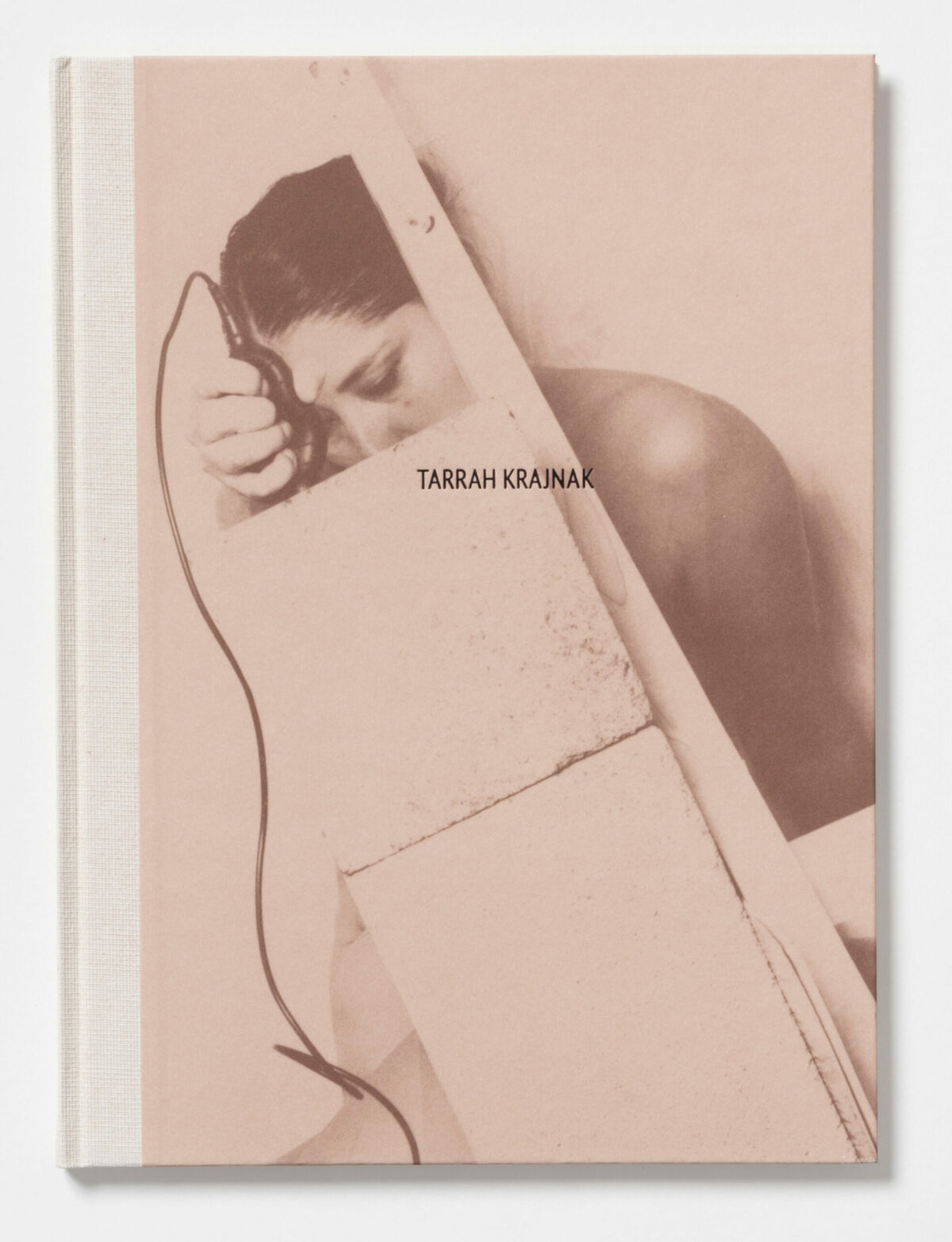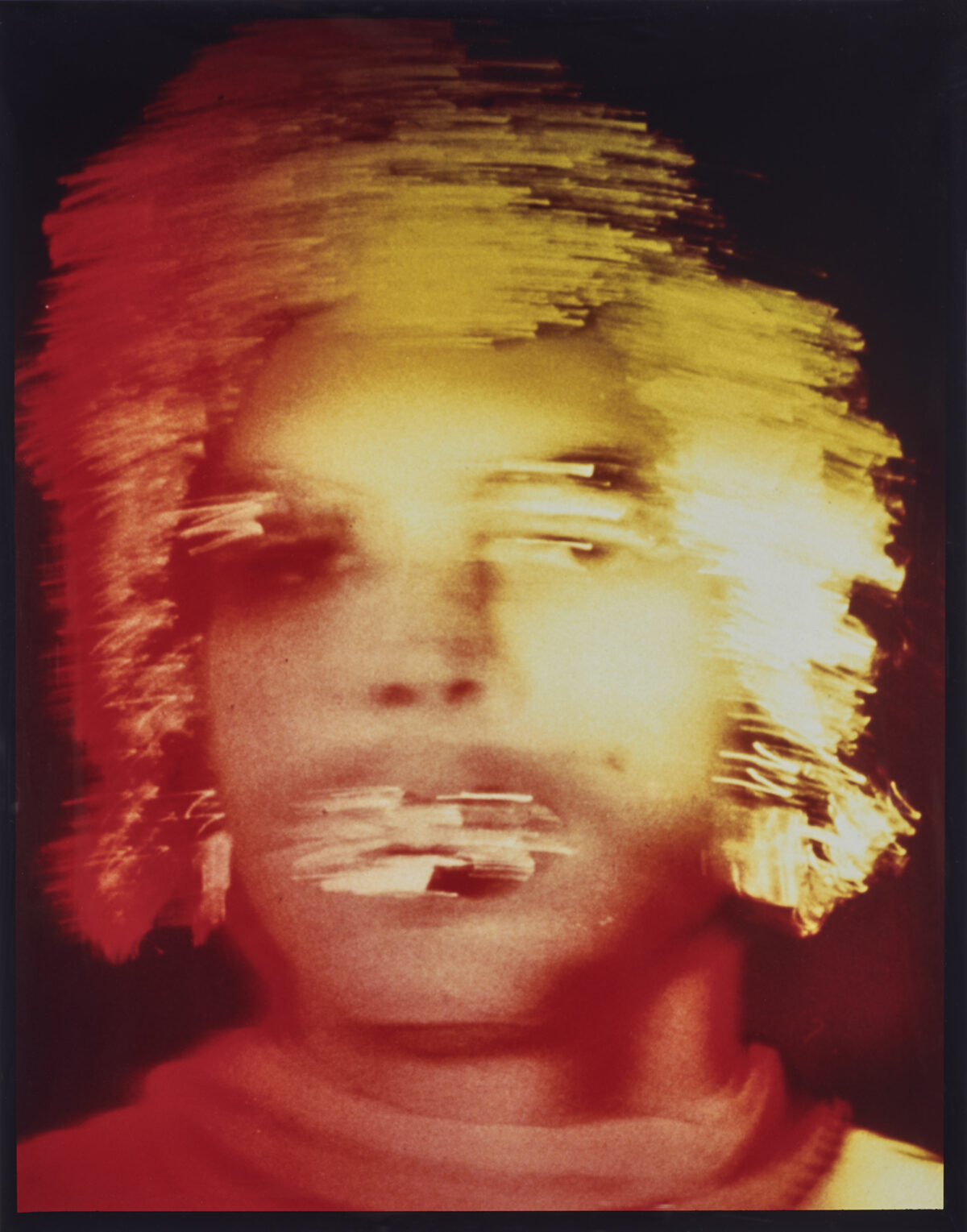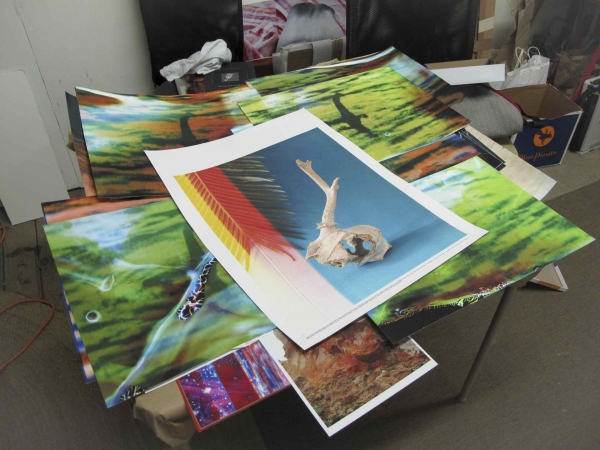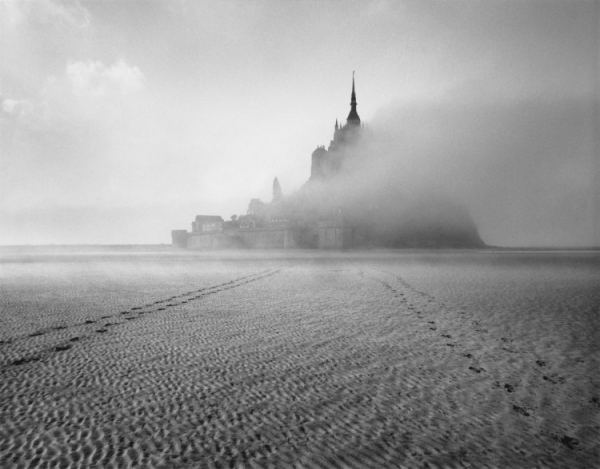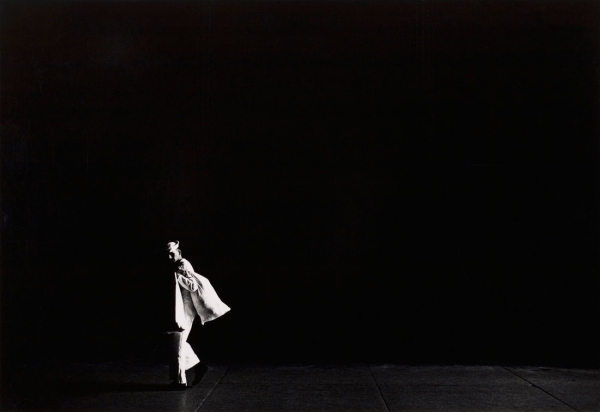When first-time visitors walk up the stairs and into Terry Etherton’s second-floor gallery in downtown Tucson, they are never prepared for what they find — a vast, museum-quality space that seems anomalous with the 101-degree heat outside: shiny, hardwood floors that go on forever (the building was a former ballroom), 16-foot-high walls, modern wood benches, and cabinet-of-curiosity style wooden vitrines filled with ephemera and art objects, the better to complement the vintage and 20th-century photo works that have been Etherton’s specialty for three decades. “I design the shows myself, often a year in advance,” says the 63-year-old dealer from his office lined with 5,500 photo books. “I care about the first impression we make, the themes uniting the work. Part of the challenge for me here is getting people in the door — we don’t have any street presence, save for a small sign. We’re a destination spot, so people come up the stairs with a purpose, and I love that.”
Etherton had the foresight to open Tucson’s only commercial photography gallery 33 years ago, thanks to a sense of determination and a love for the medium itself. Born and raised in the small town of Carbondale, Illinois, Etherton passed what he describes as a happy childhood until he was drafted straight out of high school in 1969. Luckily, his tour of duty sent him not to Vietnam, but to Germany and locations stateside, and by the age of 20 he returned to attend Southern Illinois University on the GI bill. A superb history of photography class with professor Charles Swedlund found him changing his major — and his life. “I never thought of photography as anything but unrelated pictures, but after that class a light went off,” he says. “I learned how images work in sequence together.”
Etherton moved to San Francisco in 1973 and earned his living for the next eight years as a cinematographer for Magus films. He frequented galleries like Grapestake, Simon Lowinsky, Focus, and Fraenkel; he met many of the artists he so venerated as a student — Danny Lyon, Harry Callahan, Aaron Siskind, Ansel Adams, and Wynn Bullock. Whenever he could, he would visit Tucson’s Center for Creative Photography. One day a for-rent sign in a Tucson window (for a whopping $235 a month) caught his eye, and he never looked back. He opened the gallery in 1981, focusing on the work he knew he loved, and by his second show, a Danny Lyon retrospective, was already making his mark. He forged contacts with museum curators across the country; and when AIPAD introduced the annual Photography Show, he began bringing his wares to New York. Over time, his dedication paid off. The Internet came along, and more midwestern snowbirds have second homes in Tucson, expanding his devoted client base. His personal vision and stellar reputation well make up for that small sign on the street. “I don’t just show photography in straight group or solo shows,” he says, “but in two and three solo shows together; I also make a point that one component is a regional artist who does painting or sculpture. Photography should be seen in the greater artistic context it deserves.”




